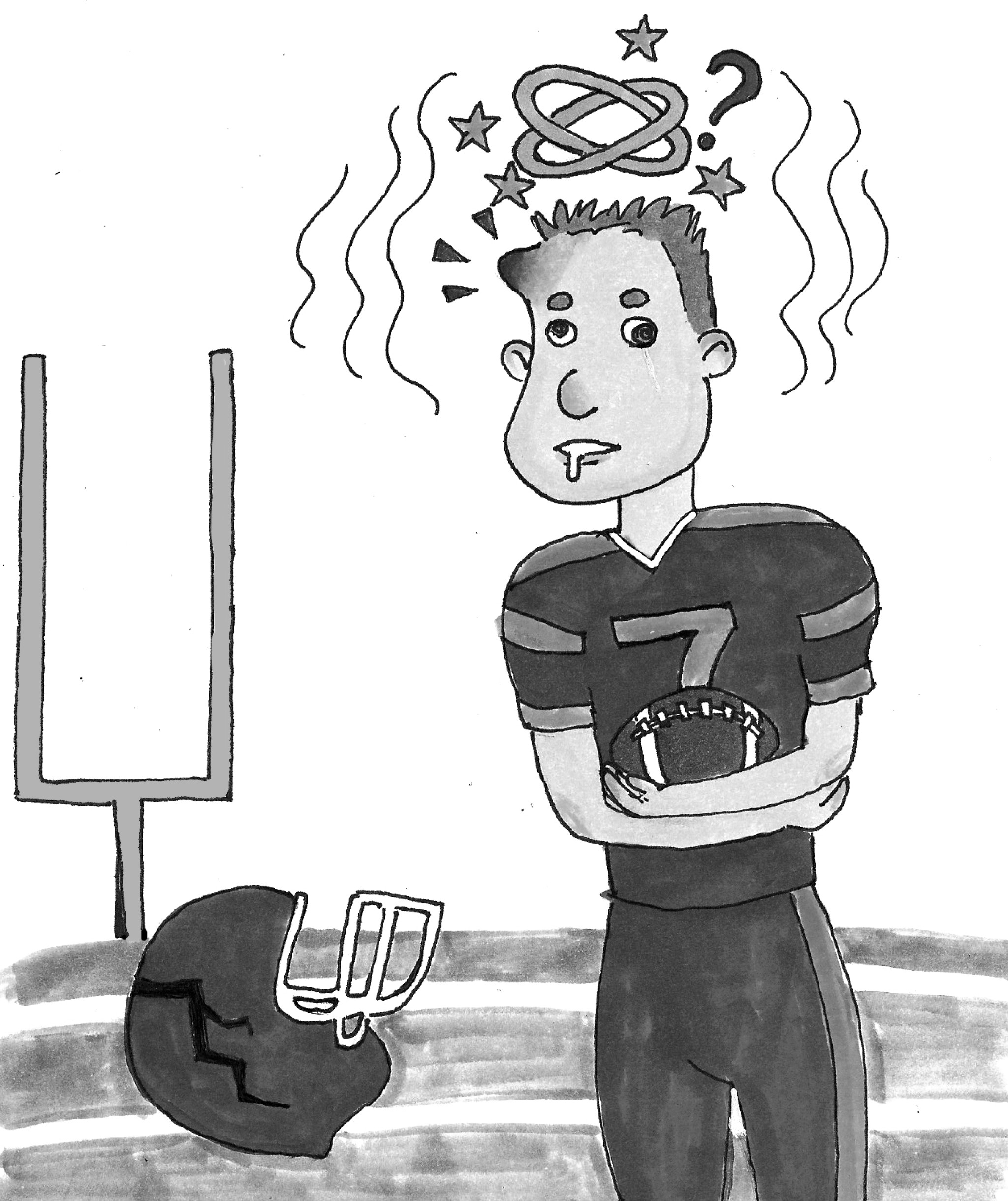Berkeley High School (BHS) students on average get 50 or less concussions each year, according to the Head Athletic Trainer at BHS and Clinical Coordinator of the Sports Concussion Program at University of California San Francisco Children’s Hospital, Lauren Small. Given that a concussion is one of the most serious injuries an athlete can receive, it is important that BHS manages these injuries properly. While BHS has a procedure in place to deal with concussions, it is somewhat concerning that “baseline” checks are not consistently given to BHS athletes.
California Interscholastic Federation (CIF) recognizes if an athlete has a concussion by using a Graded Concussion Symptom Checklist. This test is taken at the beginning of a season when the athlete does not have any injury, thus creating a “baseline” to determine whether or not they have a concussion if they do get hit. While BHS tries to test as many of the sports teams as they can, many athletes do not take it, making it more difficult to assess athletes that have sustained head injuries.
It can be very difficult to schedule a time when the coach, players, library, and trainer are all available. BHS always tests the football team because of the high concussion risk and ease of scheduling. Small’s goal is to test each BHS athlete once in their high school sports career, especially those who play contact sports. However, Small can always compare athlete’s post-injury test to the average data from the entire timeline of the Immediate Post-Concussion Assessment and Cognitive Testing program.
One problem with the Graded Concussion Symptom Checklist is that when athletes take their baseline tests, some purposely do poorly so that if they do get a concussion, their results will not be very different, thus allowing them to keep playing. Although all California coaches are mandated to be trained in concussions, some don’t recognize the symptoms or they decide to ignore them.
According to CIF, experts say that concussed athletes must gradually work their way into exercising again to “allow the brain to properly recover.” At BHS, athletes cannot return to their sport until they are seen by a physician and seven days have passed since their injury. Small recommends that athletes look out for themselves by knowing the concussion symptoms and telling an adult if they think they are injured. She also said that you shouldn’t try to play through the pain because “it’s not worth it.” She stressed how important it is to look out for yourself, because “ultimately, you only have one brain.”





